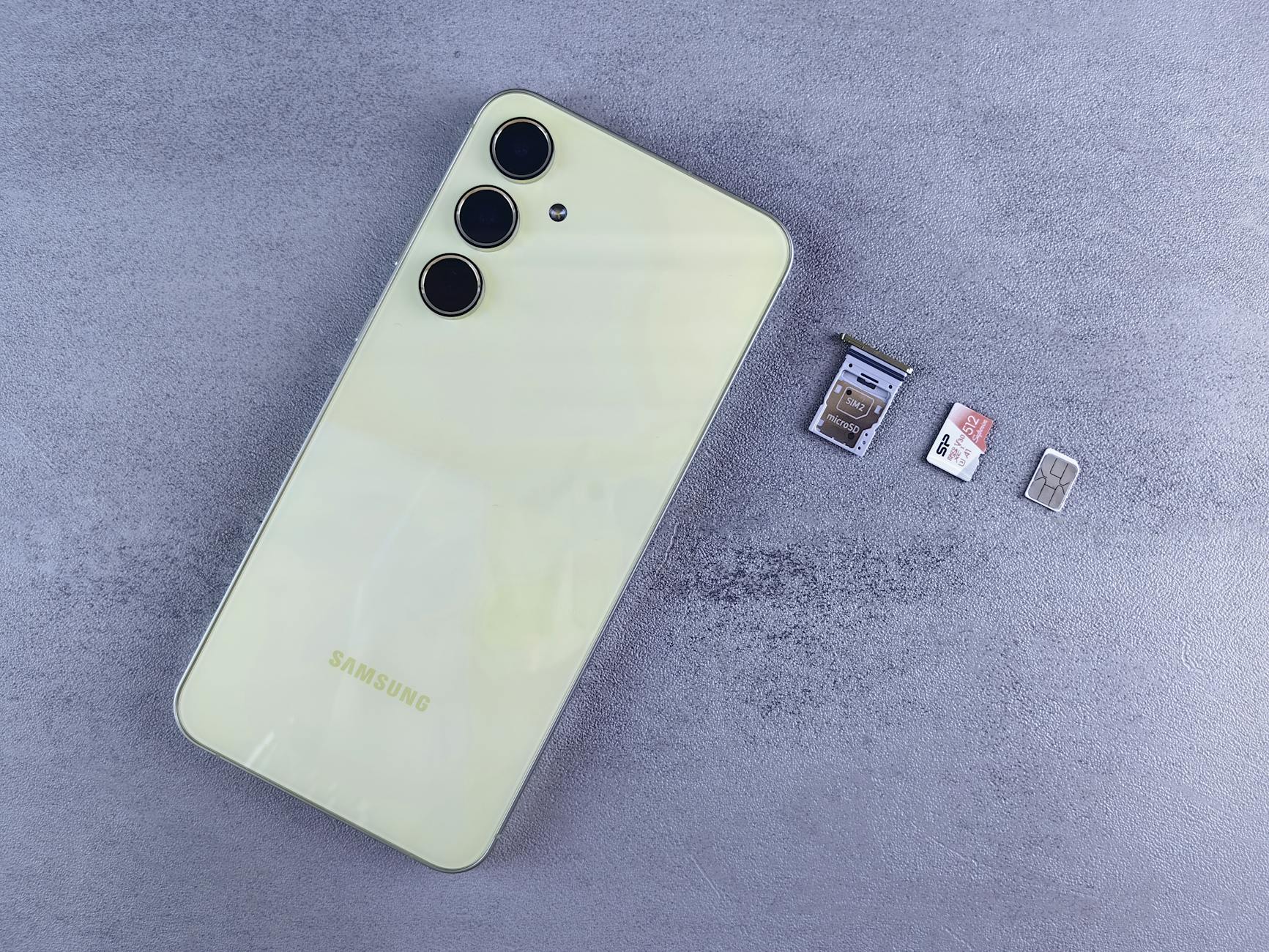Worried about traveling to a country where you don’t speak the language? You’re not alone — but you’re also not stuck. In 2025, you don’t need to be fluent, hire a guide, or blow your budget to get around, order food, or connect with locals.
With the right free tools, a few smart habits, and a little confidence, anyone can overcome language barriers while traveling — even on a tight budget.
Here’s your complete guide to traveling smarter (and smoother) across language lines.
📱 1. Use Free Translation Apps
Your smartphone is your multilingual sidekick.
Top Free Translation Apps for Budget Travelers:
- Google Translate – Translate text, speech, handwriting, or images. Download offline language packs for zero-data use.
- SayHi – Voice-to-voice translation that makes real-time conversations possible.
- Microsoft Translator – Translate group conversations and voice chats across languages.
- Papago – Excellent for Korean, Chinese, and Japanese language translation.
💡 Pro Tip: Always download your destination language offline before arrival — perfect for no Wi-Fi zones, buses, or remote areas.
🧠 2. Learn Key Travel Phrases (They Matter)
You don’t need to be fluent — just friendly and prepared.
Essential Phrases to Know:
- Hello / Goodbye
- Please / Thank you
- Excuse me / I’m sorry
- How much?
- Where is the bathroom?
- I don’t speak [language]
- Do you speak English?
🗣️ Practice with apps like Duolingo, Memrise, or Ling to make learning fun and easy before your trip.
🧾 3. Use Visuals & Gestures to Communicate
When words don’t work, pictures and body language do.
Simple Solutions:
- Show pictures of food or landmarks on your phone
- Use emojis to express basic needs (🍽️ = food, 🛏️ = hotel)
- Point politely and use facial expressions to help convey your message
🧳 Bonus: Carry a mini phrasebook or printed cheat sheet in your wallet — helpful in rural areas, street markets, or when your battery dies.
🧭 4. Stay with English-Speaking Hosts
A friendly host who understands English can be your greatest asset.
What to Look For:
- Guest reviews mentioning English-speaking staff
- Budget hotels and hostels with multilingual reception
- Airbnb hosts with fluent messaging and clear local guidance
🛏️ Many budget stays also offer printed welcome guides or maps in English — always ask!
🚖 5. Save Key Info & Directions Offline
Can’t explain the address? Show it instead.
Offline Navigation Hacks:
- Screenshot hotel names, addresses, and directions in the local language
- Use Google Maps or Maps.me offline to navigate with saved pins
- Show your address to drivers or locals if pronunciation fails
📍 This method saves data and reduces stress — especially when you’re tired or jet-lagged.
🍱 6. Navigate Menus Like a Local
Ordering food in another language doesn’t need to be intimidating.
Smart Food Tips:
- Use Google Lens to live-translate menus
- Learn a few dish names you want to try before you go
- Point to food photos or items on display
- Stick to busy street food spots with photo menus or combo meals
🥘 Allergy? Carry a local language card explaining your dietary needs (e.g., gluten-free, vegetarian).
👋 7. Be Respectful, Smile Often, and Stay Chill
Your attitude can overcome almost any language barrier.
Why it Matters:
- Locals appreciate effort, not perfection
- A smile builds instant trust and patience
- A respectful tone makes you more approachable
✨ Even if you mess up a word or gesture, people usually go out of their way to help if you’re kind and calm.
🎯 Final Word: You Don’t Need Fluency to Travel the World
You don’t need to speak five languages to be a great traveler.
You just need the right mindset, some modern tools, and the willingness to learn a few basics. With this guide, you can confidently explore new cultures, connect with people, and enjoy your trip — without breaking the bank.






Leave a Reply